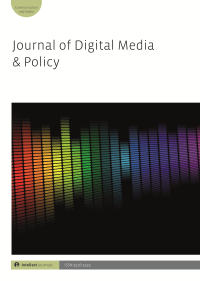
Full text loading...

Using the case of a project called Media for Peace (2010–13), funded by the Japan International Cooperation Agency (JICA) and implemented by the Ministry of Information and Communication (MoIC), Nepal, to revise media policies/laws and convert state-owned broadcasting into public service broadcasting, this article examines cultures of stakeholderism and the idea of stakeholder participation in the media policy process. It evaluates the idea of multistakeholderism critically. By analysing interviews, official documents and news reporting, the article shows that gradually a group of stakeholders, especially associations related to journalists, editors and media owners, became dominant in the post-conflict situation and political transition by using different strategies such as networking with each other, challenging, disowning and owning the policy process. This article argues that these stakeholders became dominant in the policy process by demanding for a mutistakeholder process and tried to influence the policy outcome by laying claim to the writing of the policy document.

Article metrics loading...

Full text loading...
References


Publication Date:
https://doi.org/10.1386/jdmp_00093_1 Published content will be available immediately after check-out or when it is released in case of a pre-order. Please make sure to be logged in to see all available purchase options.